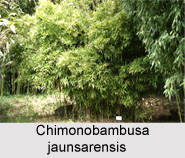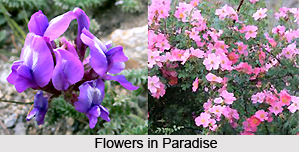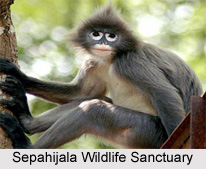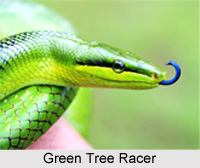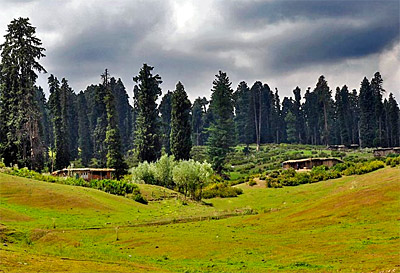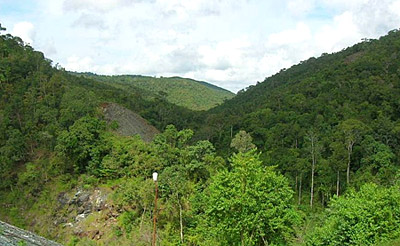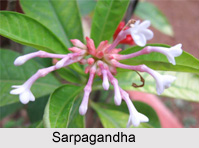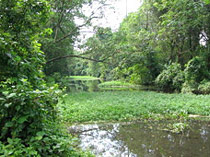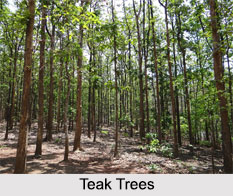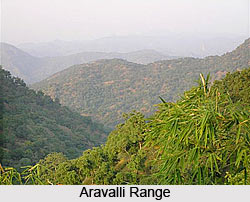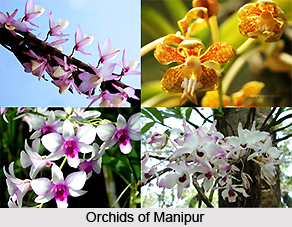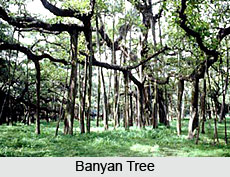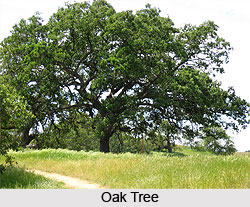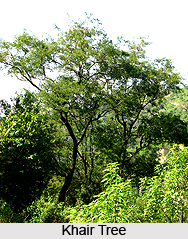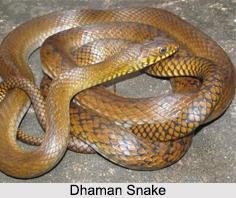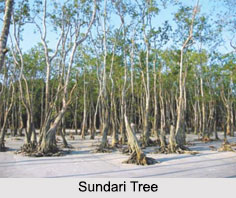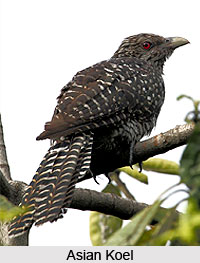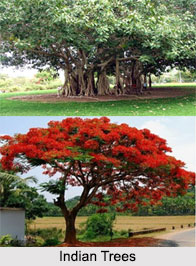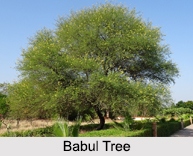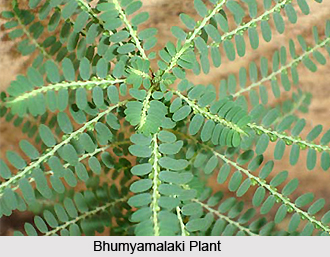 The tree Bhumyamalaki has been scientifically named Phyllanthus maderaspatensis. It is an erect or decumbent annual or perennial herb. This Indian medicinal plant is commonly known by varied names in different Indian languages. It is popularly renowned as haz-armani, kanocha, kanochha, ranavali in Hindi. In Gujarati it is called kanochha, ranavali whereas in Kannada it is madarasa nelli. In Tamil language, it is described as mela nelli, nallausereki and nallausirike in Telegu; and kanodcha in Urdu. The medicinal plant grows with a woody base and is found in abundance in open fields throughout the drier parts of tropical and subtropical India; in southern India. In addition to that the plant with medicinal properties is particularly common in coastal regions on beaches and dunes and inland on black cotton soils.
The tree Bhumyamalaki has been scientifically named Phyllanthus maderaspatensis. It is an erect or decumbent annual or perennial herb. This Indian medicinal plant is commonly known by varied names in different Indian languages. It is popularly renowned as haz-armani, kanocha, kanochha, ranavali in Hindi. In Gujarati it is called kanochha, ranavali whereas in Kannada it is madarasa nelli. In Tamil language, it is described as mela nelli, nallausereki and nallausirike in Telegu; and kanodcha in Urdu. The medicinal plant grows with a woody base and is found in abundance in open fields throughout the drier parts of tropical and subtropical India; in southern India. In addition to that the plant with medicinal properties is particularly common in coastal regions on beaches and dunes and inland on black cotton soils.
Bhumyamalaki is a tree with stems 30-90 centimetre long. It has variable leaves which are scattered or spirally arranged. Each of them develop with length 0.6-3.2 centimetres and width 0.3-1.6 centimetres. The admirable features of the medicinal herb take in linear to oblanceolate leaf shape. This Indian medicinal plant bears leaves with varied contours. The leaves also come with apex obtuse or apiculate shape. The lateral veins are arranged in 4-8 pairs and the slender stem or petioles that support the blade of a leaf are very short about one millimeter long. The shape of the leaf in Bhumyamalaki is base cuneate, stipules peltate, lanceolate and acuminate.
The flowers and fruits of the Bhumyamalaki grow throughout the year. Flowers in the Bhumyamalaki mature in a minute form. They are greenish in colour and axillary. The male flowers develop in small clusters and are subsessile. Whereas, the female flowers are seem to grow in a solitary position. They are shortly pedicel late with 6 sepals and obovate pattern. The flowers of the medicinal plant grow as obtuse and in green colour with white margins. The fruits or capsules are smooth in texture and available as depressed-globose in 3 millimetres in diameter. Each fruit is found to be in three lobed or shallowly 6-lobed conditions. The seeds are trigonous and are 1.5 millimetre long. They mature as rounded on the back, with fine, dark brown lines forming a basketwork pattern.
To the same extent as several other Indian medicinal plants, Bhumyamalaki has a great value according to Unani medicine. The leaves are considered as expectorant and diaphoretic. An infusion of the leaves is consumed to relieve headache. The seeds of the medicinal plan possess laxative, carminative and diuretic properties. Thus, they are used for treating bronchitis, earache, griping, ophthalmic and ascites.
